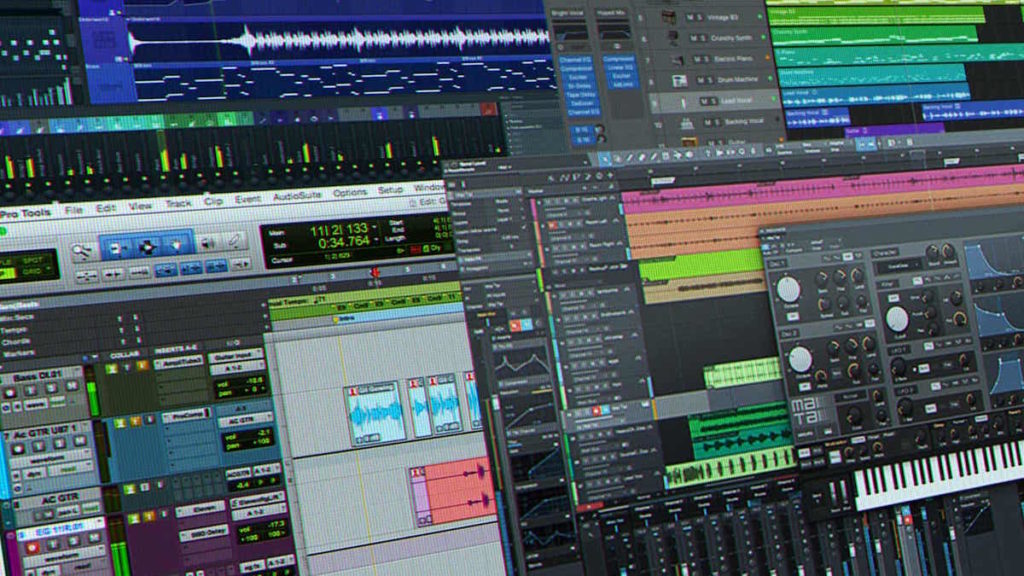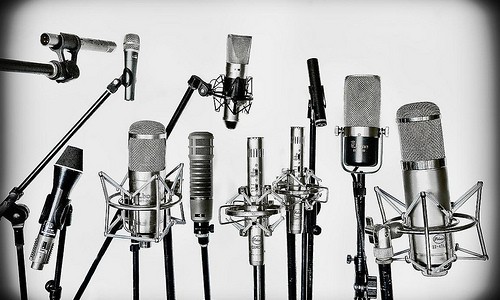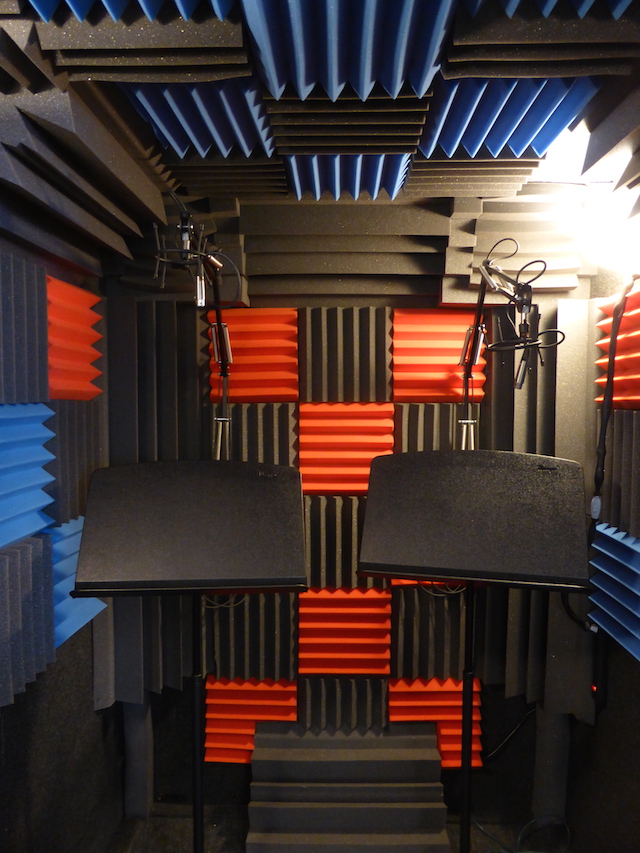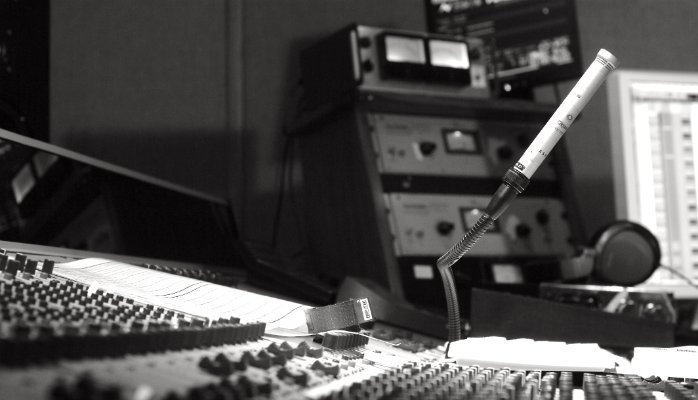The audio world is a fun and magical place! But getting started can be intimidating if you have little knowledge of what gear is needed. There are tons of steps to recording a voice-over and getting a clear signal from the voice to a computer and creating a file. But, the below seven pieces of equipment are the basis of what you need for the typical voice-over session.
Microphone
This is pretty obvious! It’s impossible to record audio without a microphone. The bigger question here is “which microphone should I buy?” That decision comes down to a handful of things to consider.
What is your budget? Do you have $100 or $1,000? Are you recording for a podcast or an animation? Are you recording a man or a woman? Do you want to record with a Dynamic, Condenser, or Ribbon mic? All of these questions should be considered when making the big purchase.
Do some research and ask around! Audio geeks love to talk about gear and make recommendations. But for the love of all that is holy, please avoid using a USB microphone.
Mic Pre / Interface
A Microphone Preamp or Interface is necessary to (in short) get the audio from the microphone to the computer. Your typical Preamp has gain control, volume control for headphones and speakers, power for your mic, and so on. But a good Mic Pre/ Interface is just as important as having a good mic. Otherwise, your recording will suffer, and that just causes strain on yourself during post.
Digital Audio Workstation (DAW)
So, what program do you use to record audio with? Other than recording audio directly through an external recorder, a DAW is needed to record, edit and mix any audio. Thankfully, there are dozens of powerful DAWs to use and at varying prices and online lessons. From Pro Tools, Nuendo, Audition, Logic Pro, Audacity, and more, it all comes down to user preference.
Headphones and Speakers
It’s one thing to have good levels on your meters, but it all comes down to how it sounds! Not using headphones or speakers would be like a photographer snapping photos and never once looking at where his camera is pointing.
Like any gear these days, there are hundreds of different headphones and speakers. Ask yourself the same questions from above when purchasing a microphone and apply it to headphones or speakers. Also, purchase more than one pair of headphones. It’s not just for you, but for the talent as well!
Oh, and do yourself a favor and never, ever buy a piece of shit like Beats by Dre headphones. Never!
A Quiet Room / Acoustic Panels
This might not be as obvious, but when the mics are live you’ll realize just how loud the room is. The microphones do not lie! But there are ways to avoid having loud, noise, echoey audio. Avoid recording in rooms with reflective surfaces, like glass, tile, or concrete. Try to avoid recording in rooms near outside traffic or nearby conversational rooms.
Another solution is to set up acoustic panels. This treatment is effective in reducing the noisy ambience of a room, and most of all, reflections. A Whisper Room is a solid approach to recording clean audio while avoiding the closet setup. You won’t need to completely reorganize a room and it can stay tucked away in a corner.
Mic Accessories
There are a handful of small accessories that will go a long way with recording a voice. Obviously, you need to have an XLR cable. But don’t just have the one cable! Purchase a couple mic cables, and at varying lengths. You never know when a cable could go bad. And it’s good to have extra cable slack if you ever need to move around.
A mic stand is another necessity. There are a few different weights and sizes, so pick something that’s appropriate to the microphone you are using. If you are recording a podcast, you can use a convenient arm stand that attaches to a desk.
Pop filters are a huge life saver. Attach one of these bad boys to your mic stand and you’ll save yourself from those horrible “P” and “B” plosive sounds. Thankfully, all of these accessories are affordable and can be found at any music store.
Talkback Mic
The final piece of equipment you need for recording a successful voice-over is a talkback mic. This is used for the engineer or client to communicate with the talent. It’s a wonderful and simple piece of gear to have around, and it makes every session go as smoothly as possible. It’s pretty annoying to have to shout across the room just to ask the talent to repeat a line.
Start Practicing!
Now that you know what gear you need to record a voice-over, get practicing! An audio recording is only as good as the engineer working the machines. Be prepared before the session to reassure everything is set and ready to record.




One Response